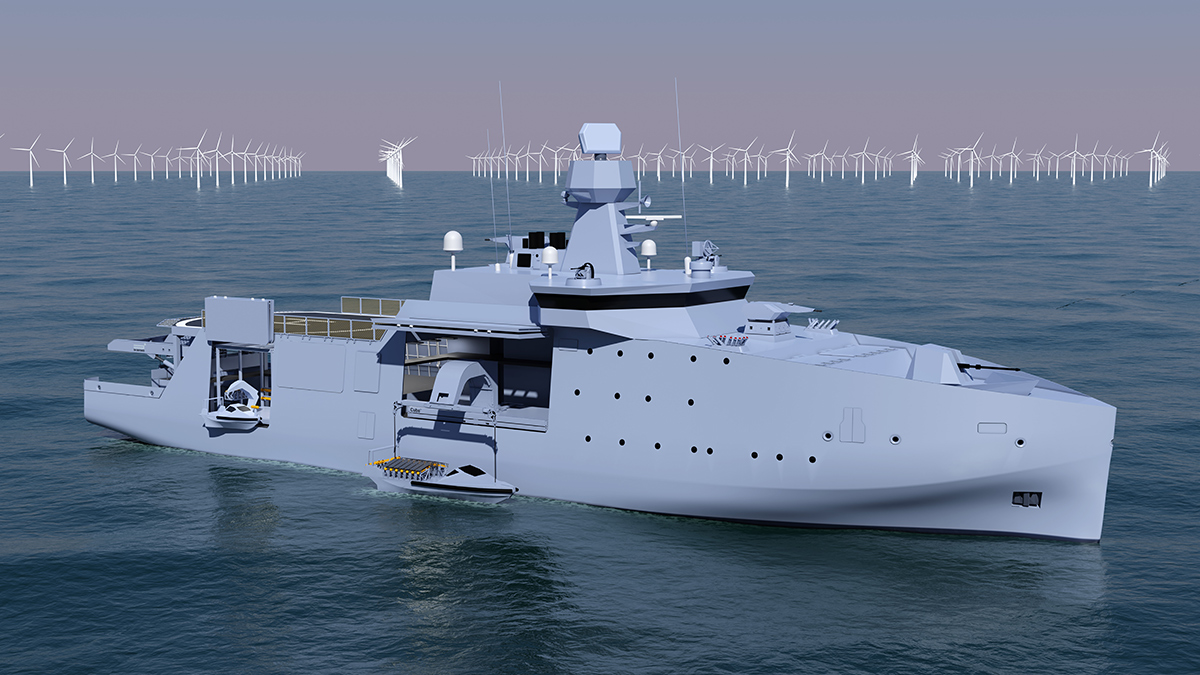- Reaction score
- 8,511
- Points
- 1,210
I hear that. This is why real fire training needs to return.That is about as scared as I have ever been in the CAF: doing down hatch drills as the nozzleman in Chemox/B gear against a live diesel fire in Tumult. The ladder was greasy as hell and if you slipped, you were dead. Then at the bottom, I was completely surrounded by fire, including it flashing overhead on the deckhead. Terrifying.
My scariest moment was when I was doing my door and hatch procedure on a fire that had been left far to long. The attack team leader was another ASLT/NCdt. Because the fire had no air it had almost burned itself out. When I cracked the door the oxygen starved fire suctioned the door right out of my hands opening fully up to our startled team (aka I screwed up royally). The backdraft exploded in our face and was met by our hose water. Fire, blinding black smoke, steam, incredible heat, fire roaring, water hissing, confusion, fear...
At some point we realized the attack team leader vanished, someone yelled "where did name redacted to protect the innocent go?". The nozzleman screamed back "I think hes dead! Attack the fire!" and we did. Straight into it.
Turns out the attack team leader got steam burns across his shoulders behind his neck (B-gear sucks) and just ran out of the building before he regained control of his lizard brain. He didn't even remember fleeing. He just remembered being outside and ripping his gear off thinking he was on fire.
The 651 firefighters thought it was all pretty funny, but to us it was overwhelming.
That was real scary training and we were better for it. I'm glad to hear that something like that is coming back.













